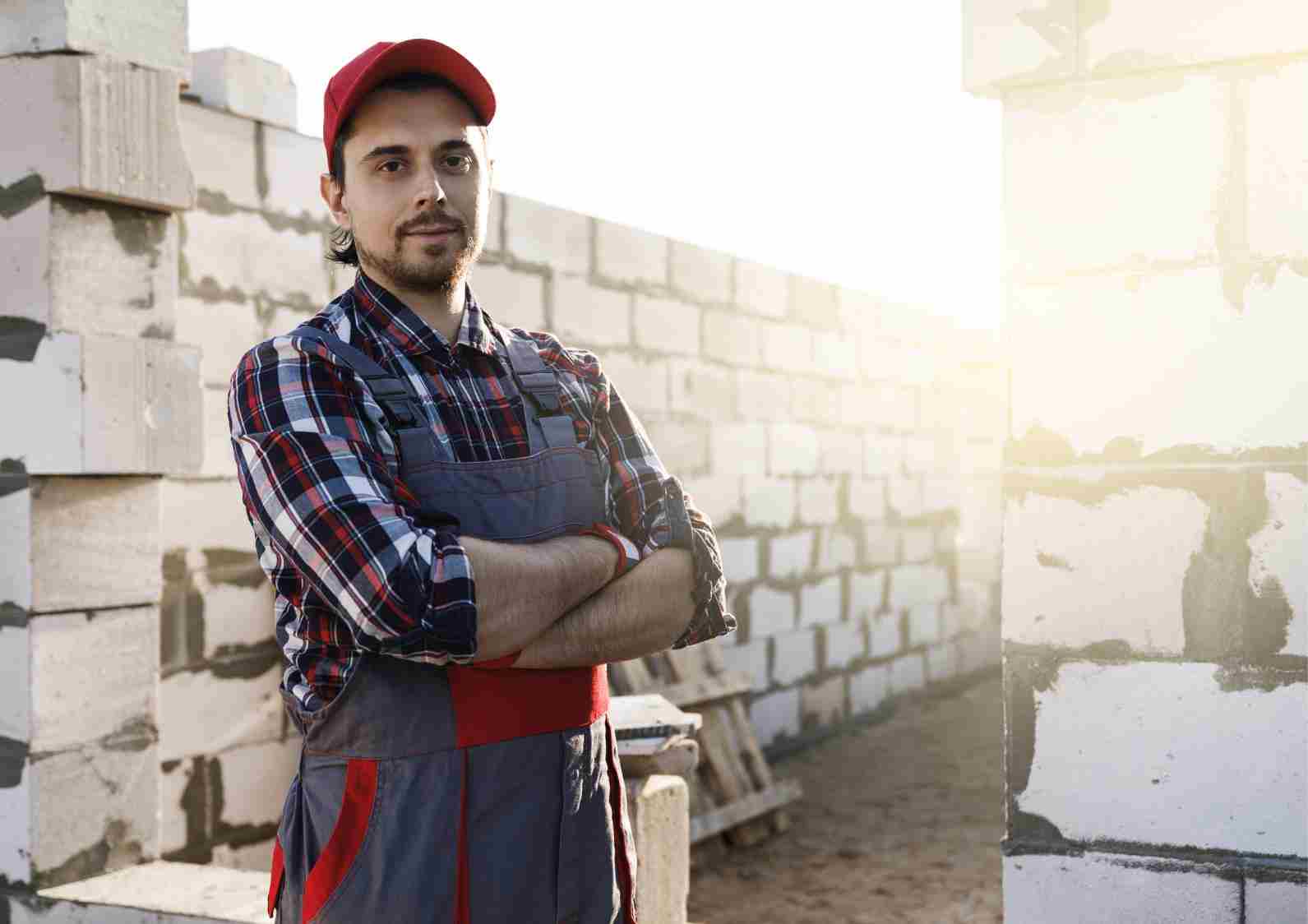
Online OSHA 30 Training in Connecticut for Workers and Supervisors
OSHA 30 training has become an important qualification for workers and supervisors across Connecticut...


As we continue to push the boundaries of architectural design, it’s clear that concrete and masonry will continue to lead the way in construction. The world we live in is built with the strength and durability of concrete and masonry. Every brick, block, and slab of concrete tells a story of durability and functionality, shaping the buildings that define our surroundings.
Concrete is a blend of cement, water, aggregates (like sand or gravel), and sometimes other substances like admixtures or additives. When mixed, these elements form a paste that gradually hardens, resulting in a durable and strong material.
Masonry refers to the construction techniques of building structures using individual units bound together with mortar. These Units including bricks, stones, concrete blocks, or other materials, are selected based on structural requirements.

Both concrete and masonry have their unique advantages and are suited to different types of construction projects. When planning to build a project, consider factors like project requirements and aesthetic preferences. Masonry provides design flexibility and aesthetic appeal, while concrete offers strength and versatility. Knowing these differences helps you choose the best option for your project.

OSHA 30 training has become an important qualification for workers and supervisors across Connecticut...

A fatal incident at a Kansas plastics plant shows how ignoring basic safety procedures can cost a life. At Great...

Alabama’s construction, manufacturing, transportation, and general industry sectors play a major...

If someone works on state-funded construction projects in Connecticut, they have likely heard about OSHA 10...

Let's be honest: Substance abuse is a big issue that doesn't just affect the individual. When it enters the...

Heat stress remains one of the most overlooked hazards on construction sites. Roofers, road crews, landscapers, and many outdoor workers...